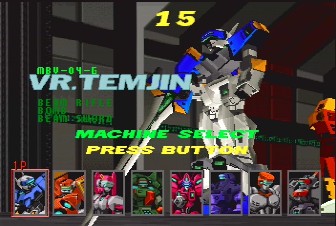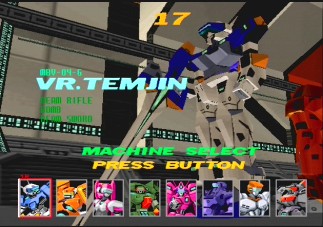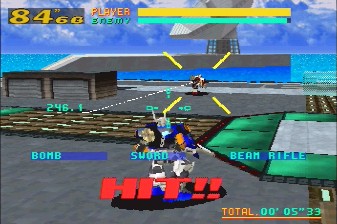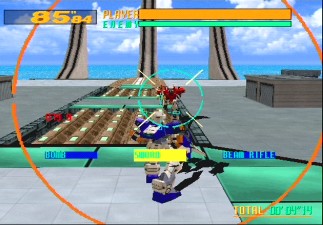
Page 1 - Vol 1-4 - Phantasy Star, Monaco GP, Fantasy Zone, Space Harrier
Page 2 - Vol 5-8 - Golden Axe, Bonanza Bros, Columns, Virtua Racing
Page 3 - Vol 9-12 - Gain Ground, After Burner II, Hokuto no Ken, Puyo Puyo 2
Page 4 - Vol 13-16 - Outrun, Alien Syndrome, Decathlete, Virtua Fighter 2
Page 5 - Vol 17-20 - Phantasy Star 2, Dragon Force, Fighting Vipers, Space Harrier Collection
Page 6 - Vol 21-24 - System 16 Collection, Advanced Daisenryaku, Sega Memorial Collection, Last Bronx
Page 7 - Vol 25-27 - Gunstar Heroes Treasure Box, Dynamite Deka, Panzer Dragoon
Page 8 - Vol 28-31 - Tetris Collection, Monster World Collection, Galaxy Force II, Virtual On
Page 9 - Vol 32-33 - Phantasy Star Complete Collection, Fantasy Zone Complete Collection
Vol 28: Tetris Collection - Playstation 2 (2006)
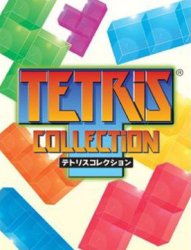
Japanese Cover
|
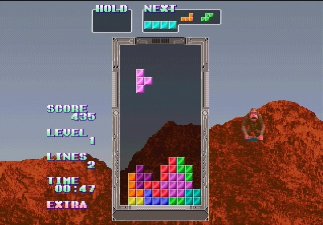
Tetris New Century
|
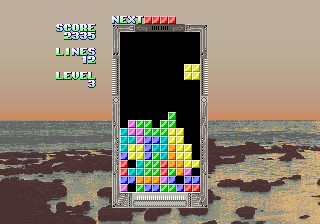
Tetris
|
|
What is it? -
Sega made Tetris games? Really? The rights for the Russian falling block puzzler went through so many different hands (Nintendo, Tengen, Spectrum Holobyte) that I had no idea Sega ever owned the rights too. Apparently they were the first ones to release the game in Japan. All of Sega's titles are featured here, including a slightly enhanced version subtitled "New Century" along with the arcade versions of Tetris and two variations, Bloxeed and Flash Point.
About the Sega Ages version -
The original Tetris has a System-16 arcade version, as well as the home Mega Drive conversion, and another arcade version for the System E, which I think was based off the Master System hardware. Flash Point is similar to the Flash mode in Columns, where you're given a predetermined layout and need to eliminate a single block. (The Mega Drive version is unlockable by highlighting the "Machine Type" and holding right.) Bloxeed is another variation where the bottom grows up every few lines, and there are a variety of special power-ups obtained by destroying certain lines. (The System-16 and System C versions are unlocked the same as above.) They're alright, but have some annoying quirks - for instance, you can't rotate pieces at all if they're next to the borders. The New Century mode barely has any additions over the regular Tetris beyond fixing the rotating block issues, enhancing music and adding few different play modes. It also curious adds a monkey as the mascot. Some of the other Tetris include minor characters from other Sega games, like Flicky and Opa Opa.
Worth it? -
Nah, you've played Tetris a hojillion times before. It's interesting for the trivia value but that's about it.
Links
1up
|
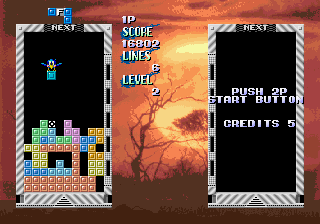
Bloxeed
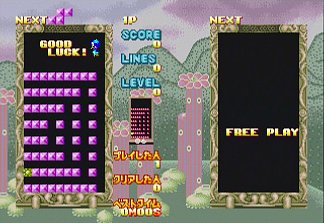
Flashpoint
|
Vol 29: Monster World Collection - Playstation 2 (2007)
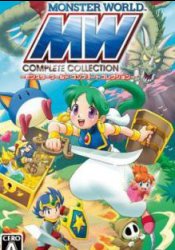
Japanese Cover
|
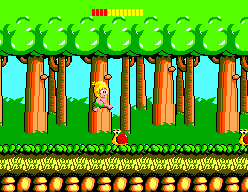
Wonder Boy
|
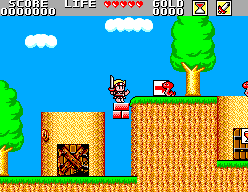
Wonder Boy in Monster Land (SMS)
|
|
What is it? -
The Wonder Boy series is pretty strange - it started off as a simple arcade platformer (which was ported by Hudson and turned into its own series, known to Westerners as Adventure Island), but the later games introduced some adventure elements. This collection includes the original Wonder Boy (arcade, SMS and SG-1000), Wonder Boy in Monster Land (arcade and SMS), Monster World II (also known as Wonder Boy III: The Dragon's Trap, for the SMS and Game Gear), Wonder Boy III (arcade and Genesis), Monster World III: Wonder Boy V (also know as Wonder Boy in Monster World, for the SMS and Genesis), and Monster World IV (Genesis). Read the full article here.
About the Sega Ages version -
Much like the Treasure Box, this includes near perfect emulations of all of the above games, with tons of display options and huge galleries. Monster World IV also includes a ton of bonus artwork unlocked after you beat the game, and there's a bunch of brand new illustrations in the manual. The other collections included both the Japanese and Overseas releases, and they have in most cases here, but they seem to have forgotten the English Master System version of Wonder Boy in Monster Land. Monster World IV never got a English release anyway (a huge tragedy), so everything here is still in Japanese. Unlike some of the other Genesis game with slightly sketchy sound emulation, most of the music sounds nearly indistinguishable from the originals. Interestingly, the game we know as Wonder Boy III: Dragon's Trap was only released on the Game Gear in Japan, where it got a Master System release elsewhere. This is the first time officially you can listen to it with the FM soundtrack, although I still prefer the regular PSG music.
Worth it? -
This is worth it solely for the sheer amount of games on this collection, much more than any of the others. Plus, while Monster World IV isn't as stupidly rare as, say, Alien Soldier, it's still one of the pricier Mega Drive carts, so this collection is a value just for that. The only possible complaint anyone could have it that it's not exactly "Complete", since it's missing all of the Turbografx-16 variations (Monster Lair, Bikkuriman World, Dragon's Curse, and Dynastic Hero) published by Hudson. Still, none of those were made by Sega, and most aren't technically Monster World games anyway, so their exclusion makes sense.
Links
Siliconera
|
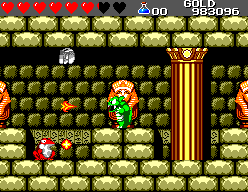
Wonder Boy III: The Dragon's Trap
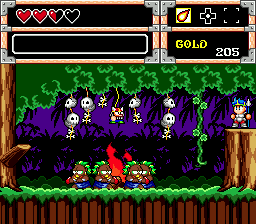
Wonder Boy in Monster World
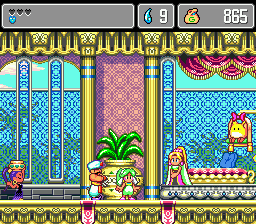
Monster World IV
|
Vol 30: Galaxy Force II: Special Extended Edition - Playstation 2 (2007)
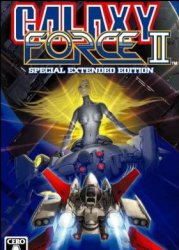
Japanese Cover
|
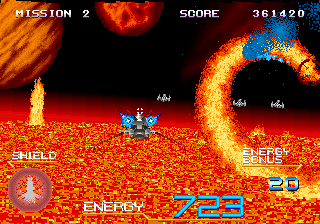
Galaxy Force II (Arcade)
|
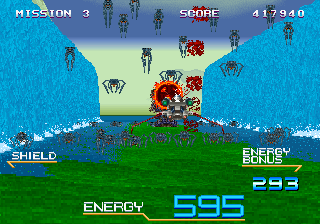
Galaxy Force II (Arcade)
|
|
What is it? -
A 3D outer space arcade shooter, Galaxy Force II uses an enhanced version of the Super Scaler technology found in Out Run, After Burner and Space Harrier, resulting in even more impressive sprite-based effects. Fly through asteroid fields, solar flares, enemy bases, and alien planets as you destroy enough stuff to keep your ship's energy meter running. Similar to After Burner, the arcade version featured a tilting cabinet.
About the Sega Ages version -
Nobody really remembers Galaxy Force II. After Burner, Out Run and Space Harrier's SMS and Genesis ports were far from arcade perfect, but they were at least playable. Not so with Galaxy Force II - its 8 and 16 bit ports were trash, and even the Saturn version suffered from a stunted frame rate. So we finally get an arcade perfect version with this PS2 version. But M2 went above and beyond the call of duty by adding a new Neo Classic mode, which features smoothed out graphics, transparencies, and other graphical effects. They don't seem to be completely redrawn, and they're still pixellated, but it's still superior to the arcade version, even though it still suffers from the same pop up due to its erratic draw distance. The best addition is the addition of a widescreen mode, which makes the original game seemed horribly cramped by comparison. If for some reason Neo Classic mode doesn't float your boat, the original arcade version is included too. Both games give you the option of listening to an emulated version of the arcade soundtrack, a streamed recording of the arcade soundtrack, the arranged soundtrack from one of the old home computer ports, or a brand new (somewhat lousy) arrangement of the main theme. This completely satisifies any of the qualms regarding sound quality in previous Ages releases.
Unfortunately, Galaxy Force II has a really irritating game mechanic - you're constantly losing fuel as you fly along, and the only way to regain it is by killing enough bad guys so you'll refuel at the end of the stage. It was really just a scheme to get gamers to cough up more quarters, but at least you could continue where you left of. That option seems to have been disabled in the Sega Ages release - if you die, it's back to the title screen. There is a cheat code around this, kind of - bring up the menu, highlight "Option", hold Right on the d-pad for three seconds until you hear a chime, then hold Left for another three seconds until you hear another chime. Enter the Options screen and you'll find the Extended Option menu, which will allow you to change your starting energy. If you set it to 2500 and hold Right until you hear the chime, you can set it to 9999, effectively eliminating the whole energy issue.
In addition to these versions, you also get the abysmal Genesis port, and the Sega Master System port, which actually isn't too bad given the hardware, but really isn't anything too special. Both are plagued with extremely choppy scrolling.
Worth it? -
Kinda iffy. Galaxy Force II is one of the most graphically impressive 2D arcade games out there, but like its spiritual predecessor After Burner, it's a bit on the shallow side, relying mostly on its graphical prowess to wow gamers (and its motion cabinet, obviously lost to the home audience.) And only the Neo Classic/Arcade version is really worthwhile, so you're basically only getting one game for the price, albeit one with a fairly nice overhaul. Still, it's great to see this forgotten game get some respect after all these years.
MP3s Download here
Beyond the Galaxy
Links
Blame the Control Pad
|
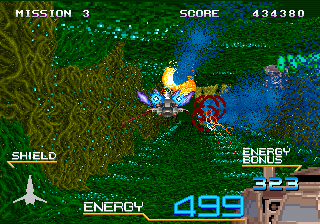
Galaxy Force II (Arcade)
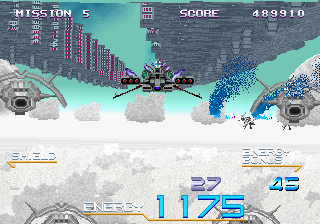
Galaxy Force II (Arcade)
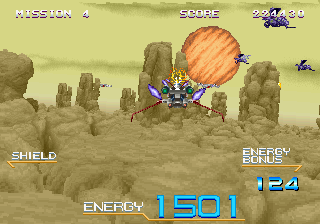
Galaxy Force II (Arcade)

Galaxy Force II (Arcade)
|
Comparison Screenshots
|
Arcade
|
Playstation 2 (Neo Classic)
|
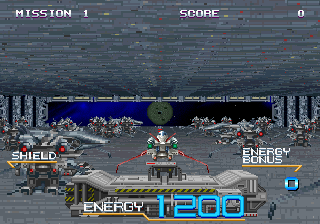
|
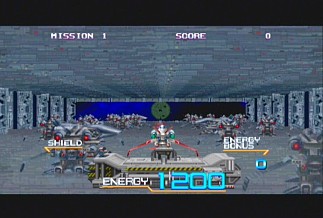
|
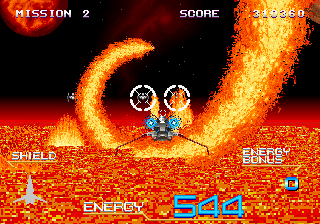
|
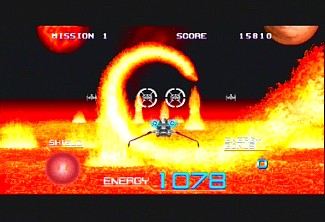
|
Vol 31: Cyber Troopers Virtual On - Playstation 2 (2007)
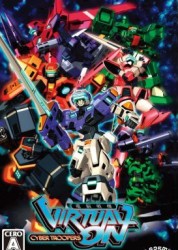
Japanese Cover
|
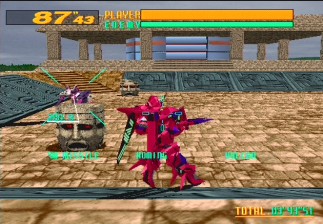
Virtual On
|
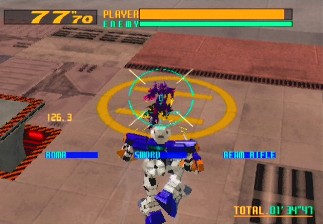
Virtual On
|
|
What is it? -
Virtual On is a fast paced one-on-one 3D mecha fighting game completely unlike anything else on the market. Playing as "virtuaroids" (designed by Hajime Katoki), players used the unique dual joystick set-up to run around arenas and trash their opponents. It's very chaotic and difficult to pick up and play, but a lot of fun once you get used to the control scheme. Read the full article here.
About the Sega Ages version -
While many of the Model 2 3D fighting games got decent Saturn ports, Virtual On wasn't quite so lucky - the graphics took a noticeable hit, and the frame rate was halved to 30 FPS.
The PS2 version is a very faithful conversion of the arcade original, featuring far better character models, crisper graphics, better texturing on both the robots and the arenas, and a smoother frame rate. Although there aren't any true dual stick controllers for the PS2, the Dual Shock sticks emulate it pretty well, at least better than any other console controllers in the past. There is a setting to use the Saturn PS2 pad, if you're comfortable with it.
The extras are pretty nice too. In addition to the usual sound test and artwork gallery, you can turn on progressive scan and widescreen modes. If you have two PS2s and two TVs, you can use the system link to play against another player, in addition to the standard split screen mode. Also new is the Assault Mode (which removes most of your projectile weapons, forcing you to rely on jumping or melee attacks) and the Chibi Mode (which turns all of your virtuaroids into super deformed toys, basically giving you the equivalent of Virtual On Kids.) You can also enable dash cancelling (a feature that was introduced in the sequel, Oratorio Tangram, and wasn't in the original version)By accessing a secret menu (go to the Options screen, highlight "Credits", and hold right for a few seconds until a new menu appears), you can select the mid-boss Jaguarandi, in addition to enabling a few extra moves that were introduced in later games. There's also the Z-Gradt mode, allowing you to play as the final boss, which is basically a huge walking cannon. It's more for novelty than anything else, because the thing's nearly impossible to control. If you manage to beat all of your opponents in Arcade mode in thirty seconds or less, you'll also face a new secret boss - the original Fei Yan (the one you can play as in the game is apparently an inferior copy.)
Worth it? -
While Oratorio Tangram improved over the original Virtual On in practically every way, this is still by far the definitive version of the first game, and being able to play it in arcade-perfect glory is definitely worth it. Plus, I prefer using the Dual Shock sticks over any of the configurations of the Dreamcast pad for Oratorio Tangram (and there's no way in hell I'm shelling out for the stupidly expensive twin sticks), which also makes this version pretty worthwhile.
|
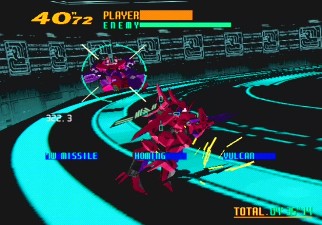
Virtual On
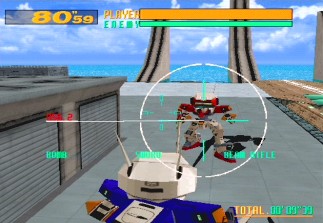
Virtual On
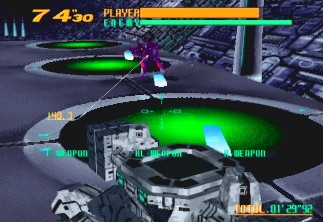
Virtual On
|
Comparison Screenshots
On to Page 9
Back to Page 7
Back to the index



























